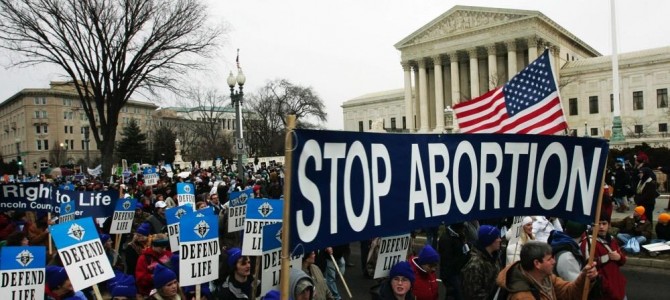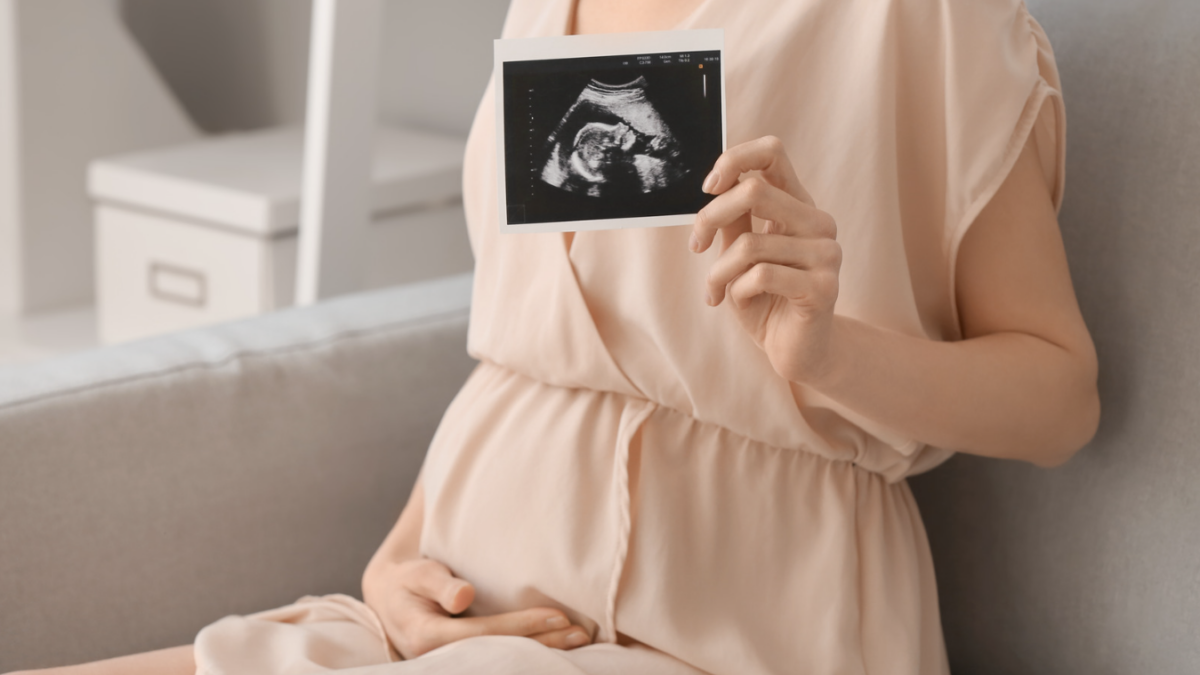Last week’s pro-abortion Women’s March on Washington was bigly by any measure but did not represent all women, probably not even the majority of women, as a very insightful Canadian columnist explained earlier this week.
Those who were excluded from that march are a damning judgment on it. The New York Times reported last Friday that Hillary was not honored at the march. Her sin? According the Times, being an adult and attending the inauguration. So it wasn’t just a pro-abortion march, but an anti-Trump debate.
Hillary was not on the speaker’s list. The woman who came within a hair of becoming president was not on the march’s list of honorees, even though they used the phrase she coined decades ago as their banner for the day: “Women’s rights are human rights.”
Beyond the majority of ladies today not supporting that march, the matrons of the women’s movement, nearly to a woman, would have cooled their heels last Saturday and saved their energy for the March for Life this Friday, the immeasurable Susan B. Anthony and Elizabeth Cady Stanton first among them. They started this whole pro-life feminist thing.
They Knew Abortion Is Anti-Woman
Despite weak claims by pro-abortion activists today that they weren’t, it’s indisputable these early feminist leaders were not only pro-life but fiercely anti-abortion. They unapologetically condemned it as a vile evil and inherently anti-woman. No less than those who care for and run the Susan B. Anthony Birthplace museum in Adams, Massachusetts carefully explained this in the Washington Post.
How do we know these good ladies were anti-abortion? First, Susan B said so on “Saturday Night Live” the other week. Additional evidence is plentiful. In their suffragist paper, The Revolution, which Anthony and Stanton established and operated together, you can read their convictions in their own words (p. 4). Just a sampling here.
An article addressing husbands who mistreat their wives asserts without equivocation that these women “deplore the horrible crime of child-murder” and earnestly “desire its suppression.” They deplore their sisters who would “rather than give life to a daughter…[and] destroys the little being…before it lives…” Still, they contend it is not the mother, but the father “who is the real murderer” of “the unborn innocent” (emphasis original) in such a case. The ladies condemn it directly as a great “evil.”
Elsewhere, they certainly did not refer to abortion as a feminist virtue, but as “child-murder.” An editorial, headed by this very title, informs the reader of the “crying evil” of a recent medical report announcing “four hundred murders annually produced by abortion” in just one rural county in Maine (italics original). They judged this news, not as evidence of growing feminine self-determination, but “appalling to the highest degree.” It wasn’t because these abortions were “back-alley” or coat-hanger operations. Please! Another major editorial in The Revolution praises the virtue and necessity of the “foundling hospital” (p. 1) as a bulwark against “the frightful increase of foeticide, infanticide and child murder in every form…”
True Freedom Requires Respecting Life
Mattie H. Brinkerhoff wrote a lengthy call (p. 138) in these same pages for the inestimable virtue and power of motherhood, condemning the husband who forces his wife into abortion so that she’s not interrupted in her sexual and domestic availability. When “a woman destroys the life of her unborn child, it is evidence that either by education or circumstances, she has been greatly wronged.” She quotes Stanton’s exhortation in agreement that the “destruction of life and health” of the unborn must be corrected “by true education and independence of woman.” Brinkerhoff declares, “If we would make women free, let us teach her the alphabet of human life, make her understand and value true womanhood” (emphasis in original).
Alice Paul, a lesser-known suffragette, organized the largest march our nation’s capital had ever seen to date. This march also took place the day after a presidential inauguration: Woodrow Wilson’s. Her march had more in common with Friday’s march, chock full of spirited pro-life feminists. Alice, the author of the original Equal Rights Amendment of 1923, held abortion was not a source of power and independence, but “the ultimate exploitation of women.”
Victoria Woodhull would be there Friday as well, and feted wildly. She was the first woman to run for the presidency of the United States, co-published a fiery feminist newspaper, was the first woman to testify before Congress and work as a stockbroker on Wall Street. An essay in Woodhull & Claflin’s Weekly, which she published with her sister Tennessee Claflin, featured a forceful article (p. 8) entitled “The Slaughter of the Innocents.”
‘A Human Life Is a Human Life’
It laments the disturbingly high death rate of babies at the time, explaining, “A human life is a human life and equally to be held sacred whether it be a day or century old…” The sisters go on to speak of a form of infant death “still more revolting.” This “slaughter of the innocents” is to “deliberately murder [offspring] while yet still in the womb.” In defense of the innocent in the womb and the virtue of motherhood, they colorfully ask their readers to consider,
Is it not equally destroying the would-be future oak, to crush the sprout before it pushes its head above the sod, as it is to cut down the sapling, to cut down the tree? Is it not equally to destroy life, to crush it in its very germ…
They unapologetically refer to this destruction of the human sprout as nothing less than “child-murder” as did other feminists. These firebrands clearly valued human life as one singular continuum from conception to natural death, fueled by only three additions: time, nutrition and physical protection. Other than that, the acorn is the mighty oak and the mighty oak, the acorn.
In the Weekly, distinguishing herself from Madame Restell, a notorious abortionist of the day, Woodhull asserts (p. 9, third column, third paragraph) that “lest I might be held as advocating the practice of abortion; since whoever has read the Weekly knows, I hold abortion…to be just as much murder as the killing of a person after birth is murder.”
These are certainly not cherry-picked convictions of feminist trailblazers. The early feminist with pro-abortion convictions was the rare, rare exception. Their march could be held in an elevator car with ample room to roam. It’s an uncontestable, if inconvenient, fact.
These great matrons of the feminist movement could not fathom the idea of abortion as central to a “woman’s health” and “reproductive rights” when it fails to serve either and in such dramatically destructive ways. They would praise and participate in Friday’s March for Life as a truly a woman-centric statement, knowing of all her gifts and powers, woman’s most unique is the power to shift the balance of the world by bringing forth and shaping new life. This truth was a foundational conviction of the feminist movement not so long ago.









